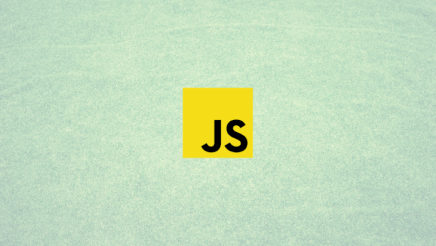
Snowpack is a build tool that uses native browser ES modules to remove bundling steps in the development environment and streamline the build process.

Learn all about RedwoodJS, a full-stack JAMstack framework built on React, GraphQL, and Prisma, and walk through how to use some of its key features.

Dynamic typing, once considered an advantage, has become one of JavaScript’s biggest weaknesses. This is where Scala.js can help.

In this article, we’ll take a look at a build tool called Vite, what it is, why we need it, how it might improve our development workflow, and how to get started with it.

Learn how to get started with Neo4j, an open-source, NoSQL, native graph database that provides an ACID-compliant transactional backend for your applications.

Microsoft’s new Blazor framework leverages Wasm to let you write your web frontend in C# — no JS required.

Gretchen allows type-safe fetching by providing a very subtle abstraction over the popular fetch() syntax that you already know and love.

Building and shipping a ready-to-use desktop automation framework for three major platforms requires an elaborate development setup. In this tutorial, I’ll show you how I organize my work on nut.js.

Heavily inspired by React, Crank.js is a new, JSX-driven framework for creating components with functions, promises, and generators.

NestJS forces us to write more easily testable code through its built-in dependency injection, which makes unit testing with Jest a painless process.

Learn how to build a prototype version of an API with authentication in minutes using FeathersJS.

Learn why state-driven development with XState is a better approach to building user interfaces.